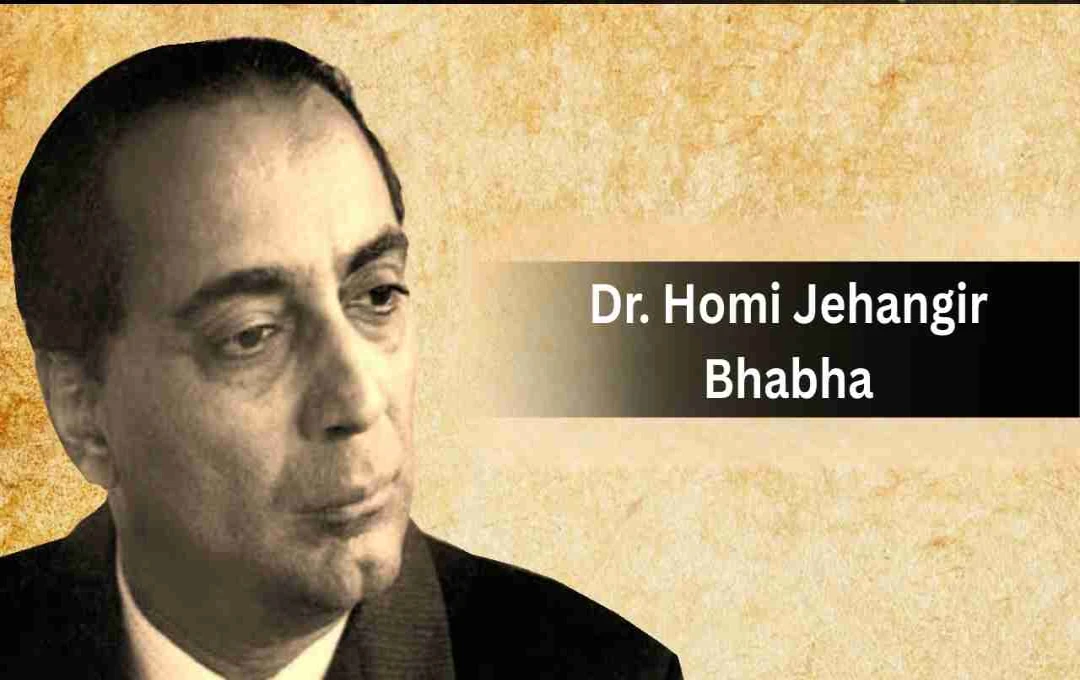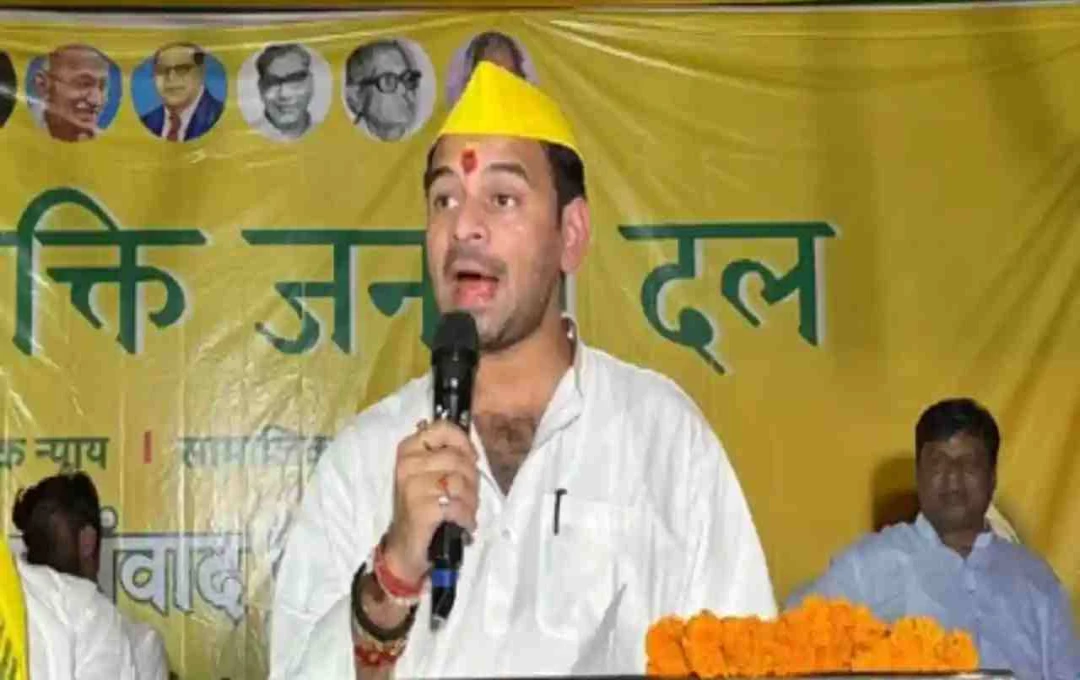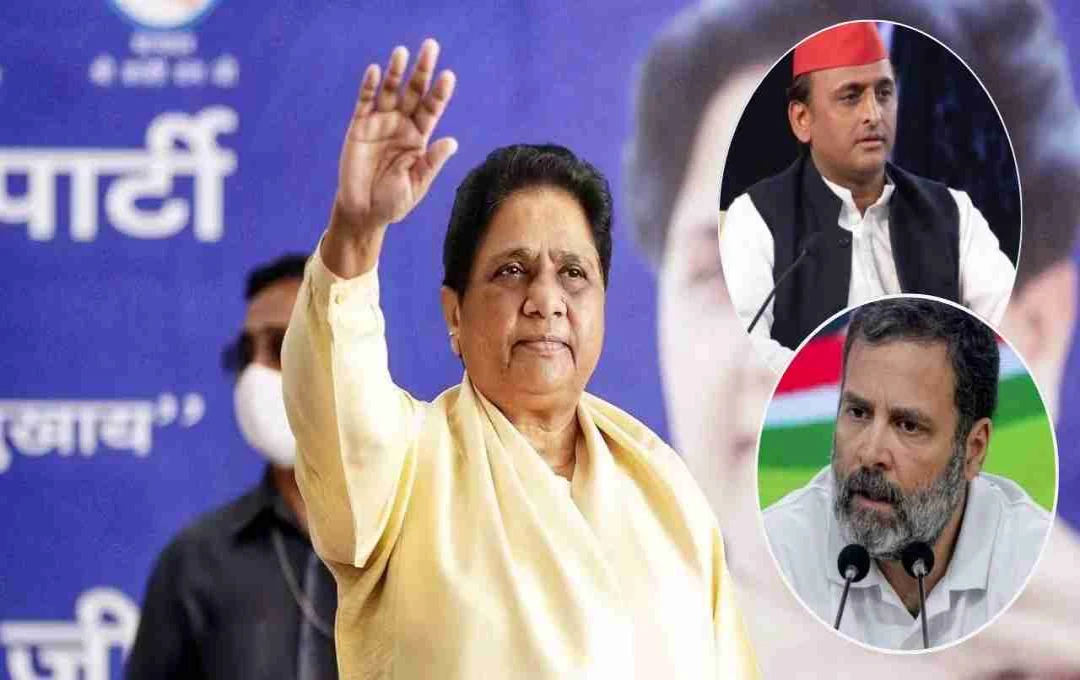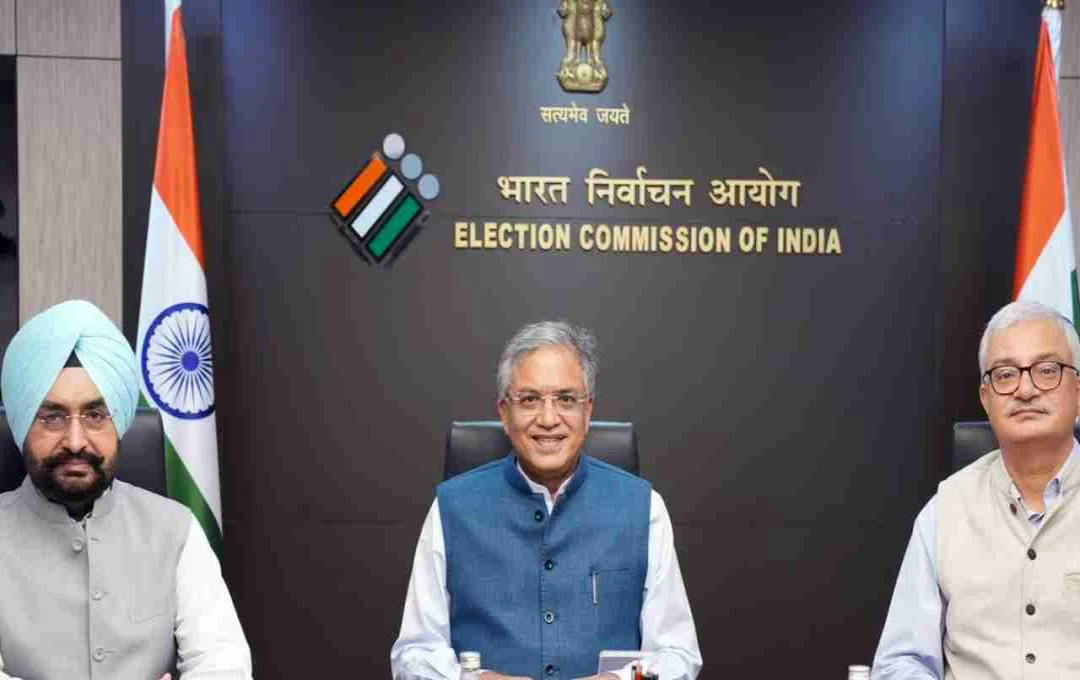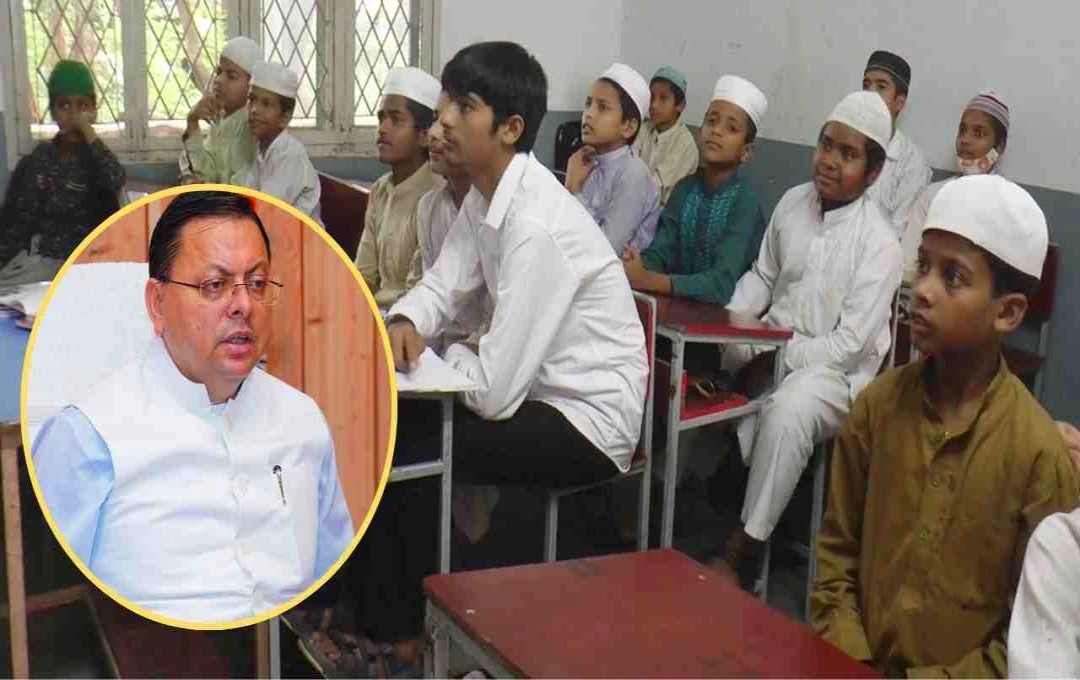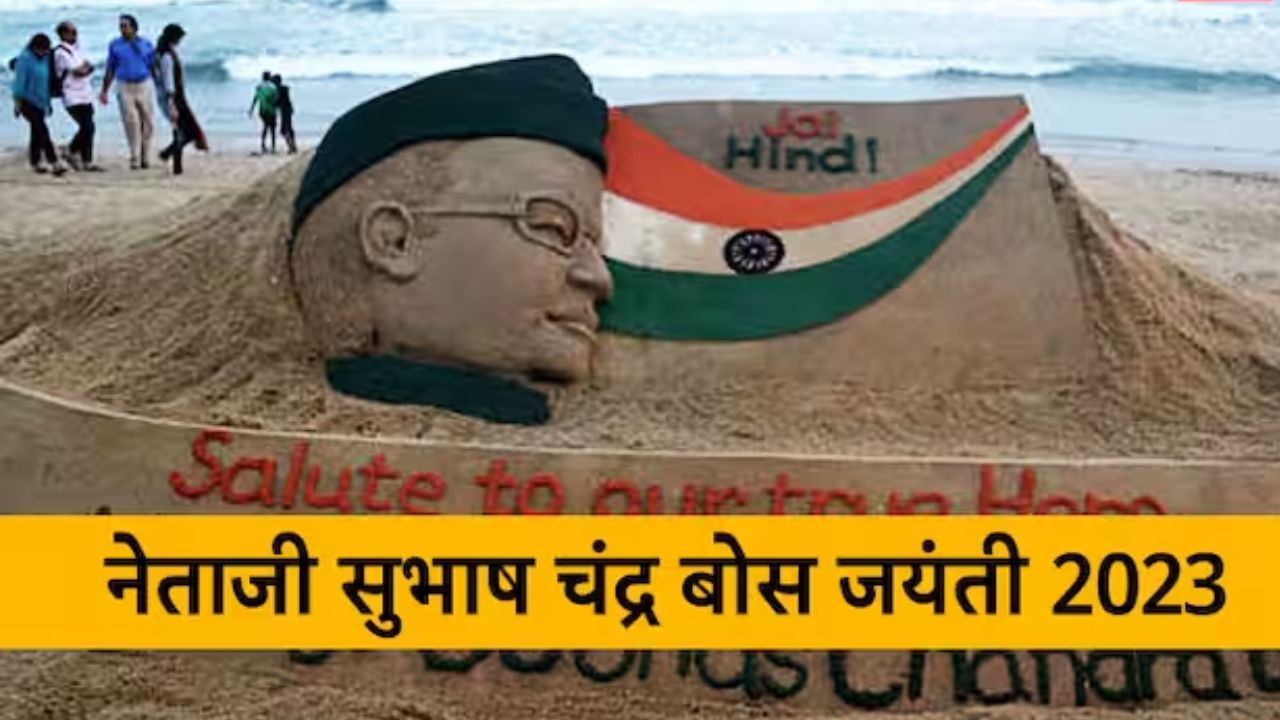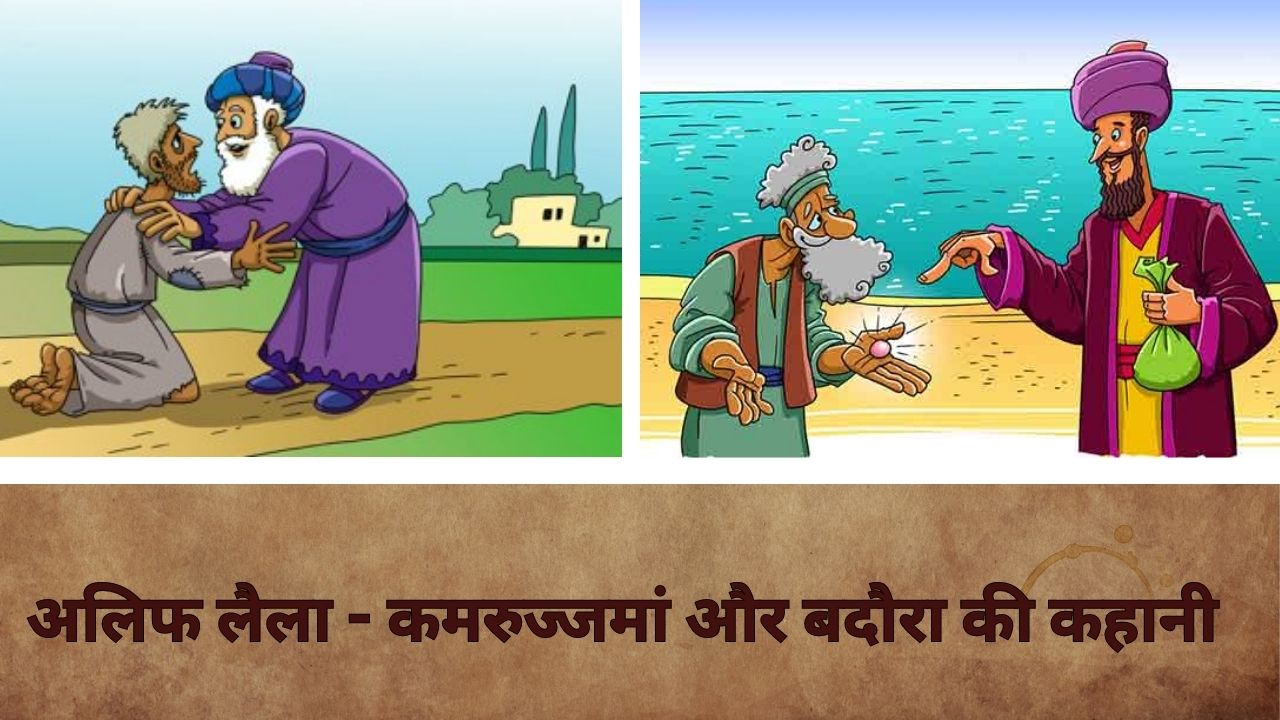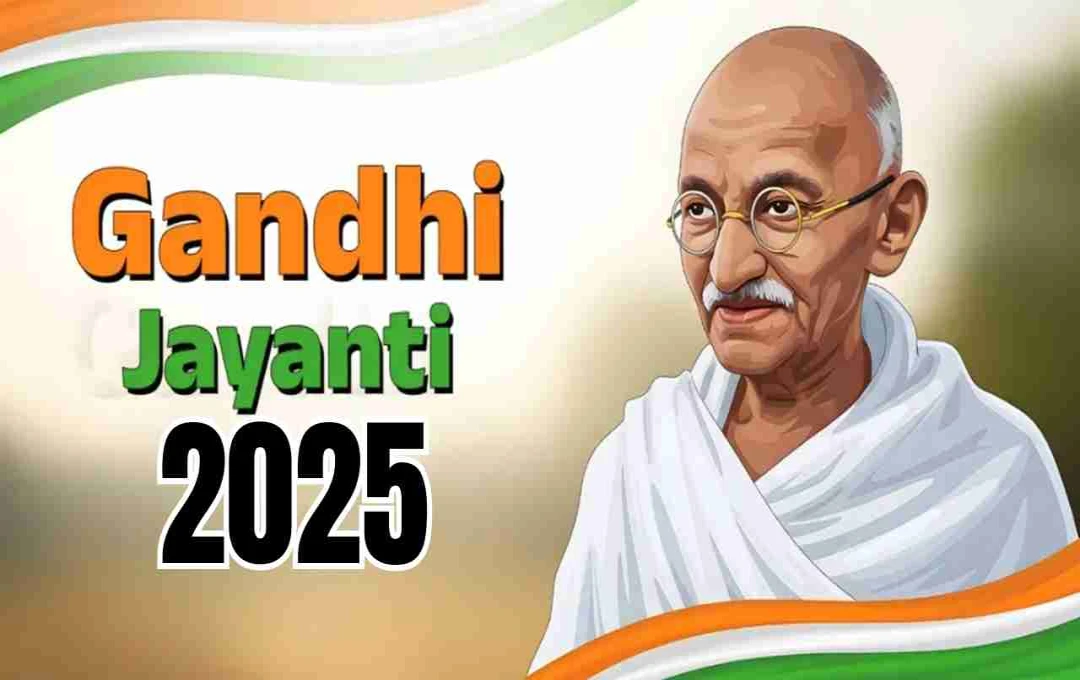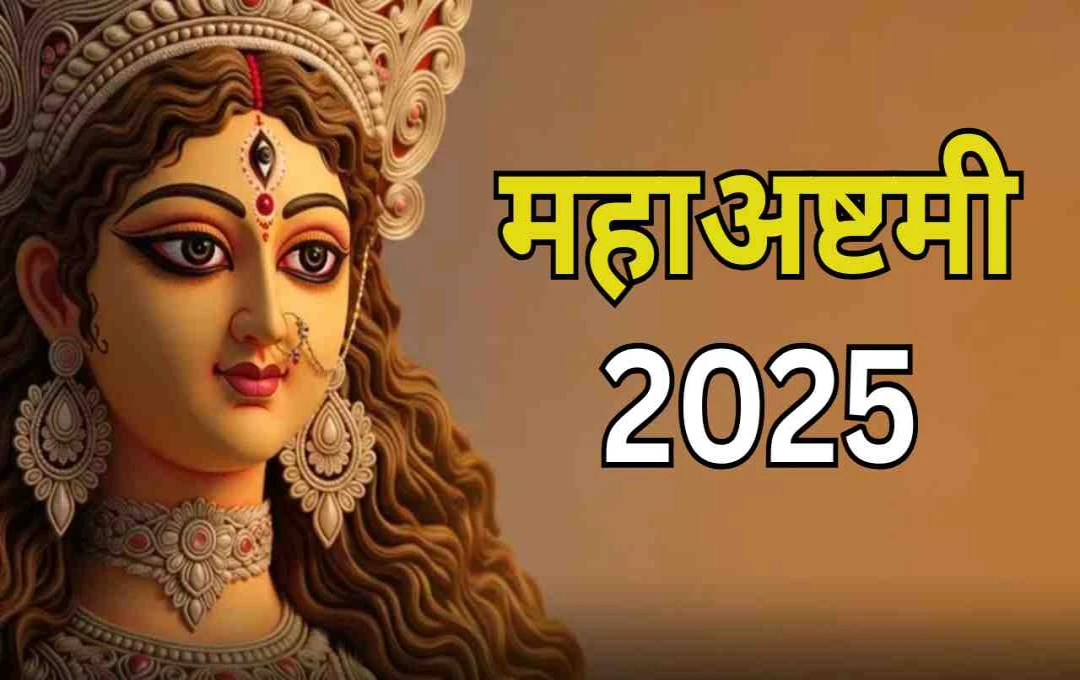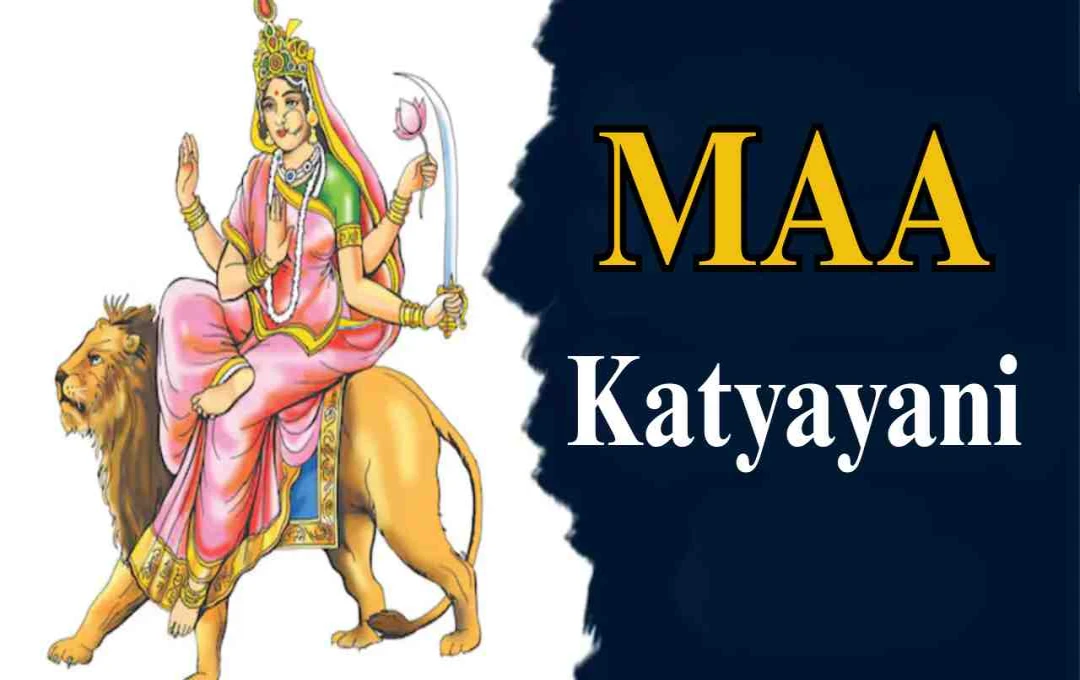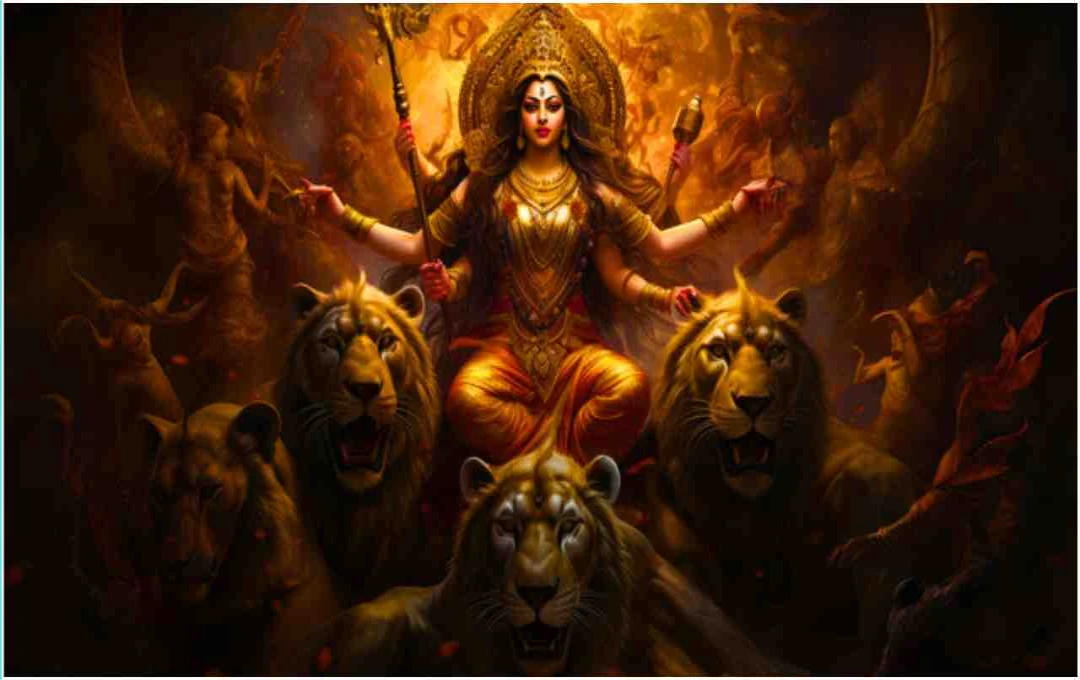In the modern scientific history of India, there are names that not only reached the pinnacle of their fields but also gave a new direction to the country. One such name is Dr. Homi Jehangir Bhabha. He was not only the founder of India's atomic energy program but also a visionary scientist who recognized the power of nuclear energy at a time when the world was on the verge of understanding its real use.
Early Life: The Dream of a Budding Student to Become a Scientist
Dr. Bhabha was born on October 30, 1909, in a distinguished Parsi family in Mumbai. His family was educated, modern-minded, and believed in nation-building. He received his primary education from Cathedral and John Connon School in Mumbai and later earned a BSc from Elphinstone College and the Royal Institute of Science.
In 1927, he went to the prestigious Caius College, Cambridge, where he studied engineering. It was his family's wish that he become an excellent engineer, but Homi's mind was in physics. He not only completed his engineering degree but also earned a doctorate in 1934 while conducting research in nuclear physics at Cambridge.
Return to India and the Beginning of the Nuclear Mission
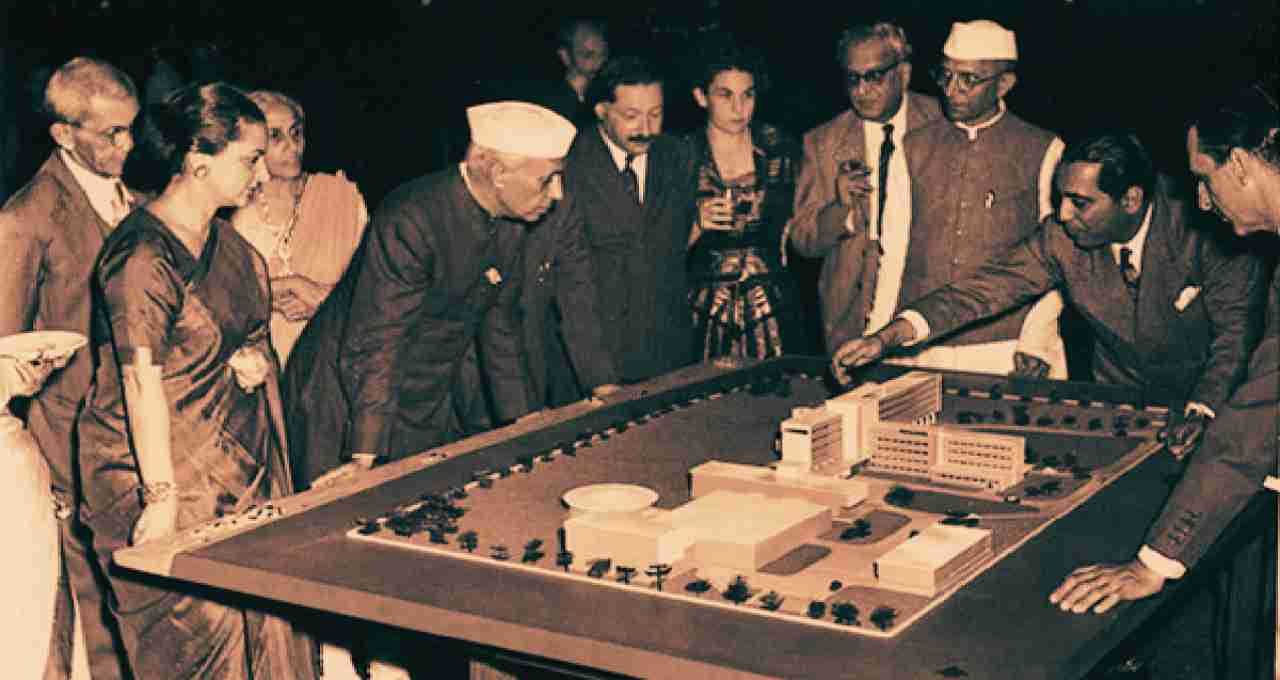
While at Cambridge, Dr. Bhabha conducted significant research on cosmic rays and particle physics. His talent in the field of physics was so unique that he presented the theory of Bhabha scattering during that era, which is still a subject of study today.
During World War II, he returned to India and established the Tata Institute of Fundamental Research (TIFR) in Mumbai in 1945 with the help of the Tata Trust. From here, the foundation of India's atomic energy program was laid.
Building the Indian Atomic Energy Program
Dr. Bhabha's greatest contribution was the vision and plan to make India a nuclear power. In 1948, he established the Atomic Energy Commission with the cooperation of the Indian government and became its first chairman.
At that time, very few countries in the world possessed nuclear power. But Dr. Bhabha not only made it possible for India but also initiated a program entirely based on indigenous technology. He believed that energy self-sufficiency was essential for a developing country like India, and nuclear energy could be the most powerful means of achieving this.
A Multi-Faceted Personality
Dr. Bhabha was not only a scientist but also an excellent planner, artist, music lover, and architect. He had a deep love for Indian culture and considered science a medium of social service. He designed the research center located in Trombay (now Bhabha Atomic Research Centre - BARC) in such a way that it would become a source of inspiration for scientists.
Contribution to Nation Building
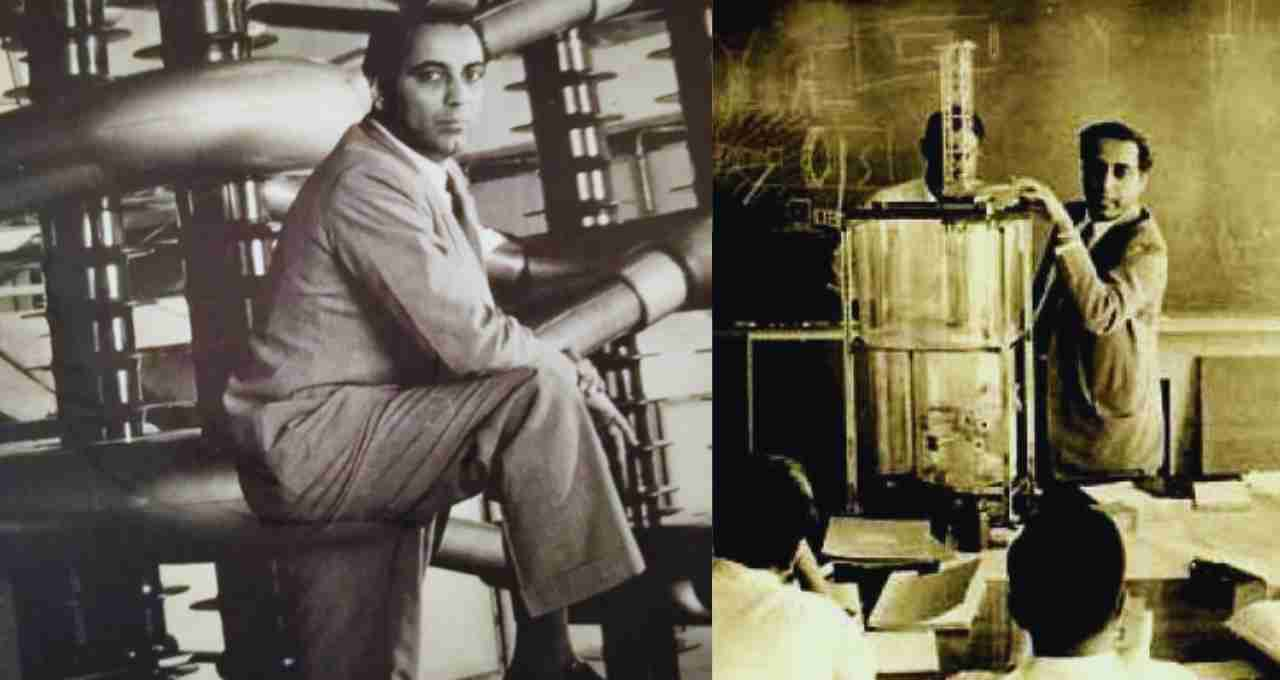
He appealed to Indian scientists worldwide to return to the country and take Indian science to new heights. Many talented scientists responded to his appeal, including names like Dr. Homi Sethna. Under Bhabha's planning and leadership, India built Asia's first nuclear reactor, 'Apsara,' in 1956.
Due to his foresight, the thorium-based nuclear energy program was started in India, which is still an important part of India's energy policy.
Tragic End, but an Immortal Legacy
On January 24, 1966, Dr. Bhabha died in a plane crash. This was a great loss for India. At that time, he was going to Vienna to participate in an international conference. But his dreams and scientific vision gave India the direction that later helped the country become a nuclear power.
Honors and Remembrance
In view of his extraordinary contributions, the Government of India established the Bhabha Atomic Research Centre (BARC) in his name. In addition, he was honored with many national and international awards.
Dr. Homi Jehangir Bhabha was not just a scientist; he was an ideology – the first architect of the dream of a self-reliant India based on indigenous technology. He considered nuclear energy not as a weapon but as a tool for progress and led India on the path where science becomes not only knowledge but also a resolve for nation-building.
